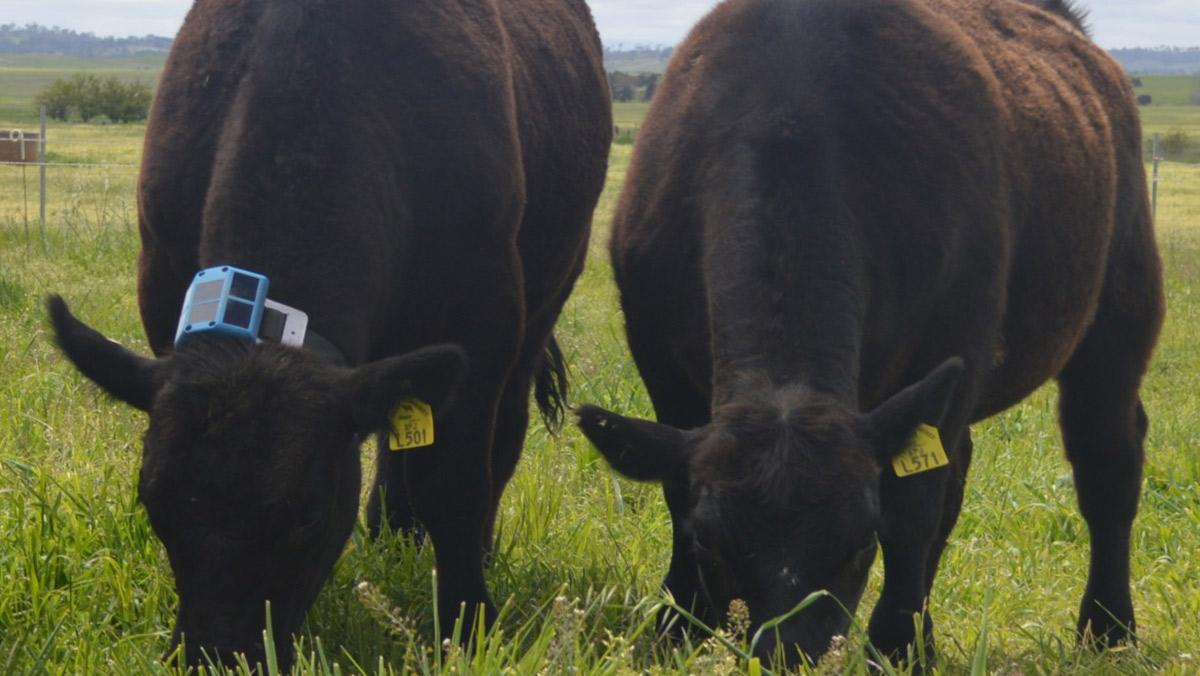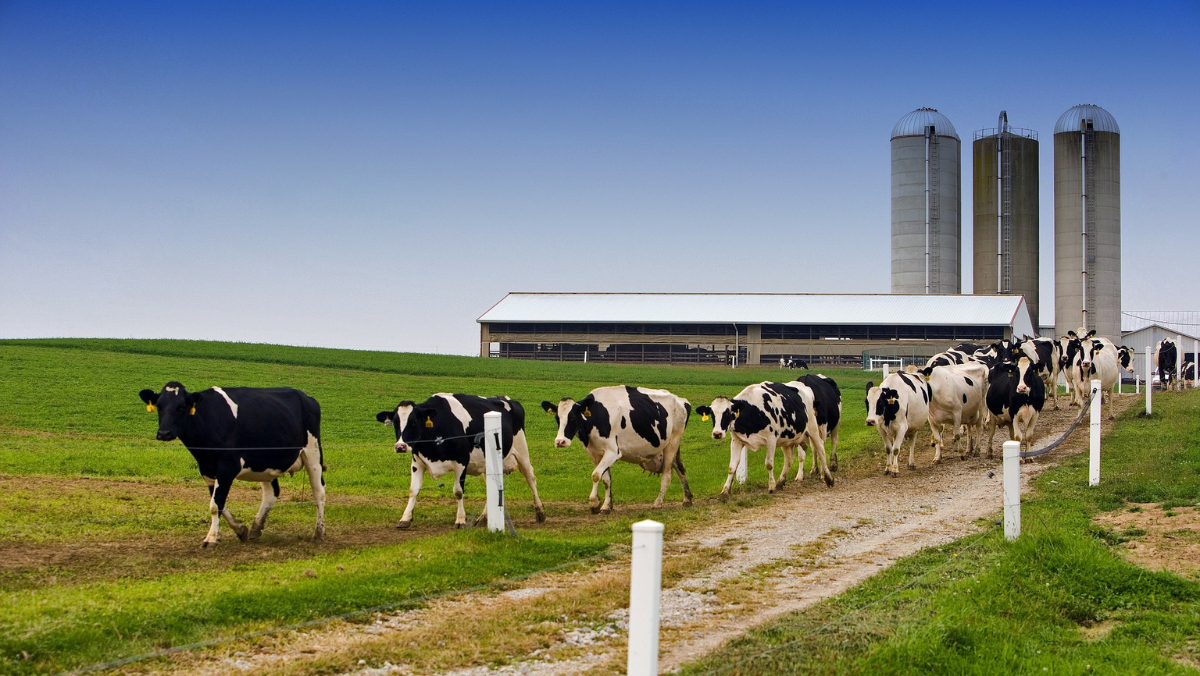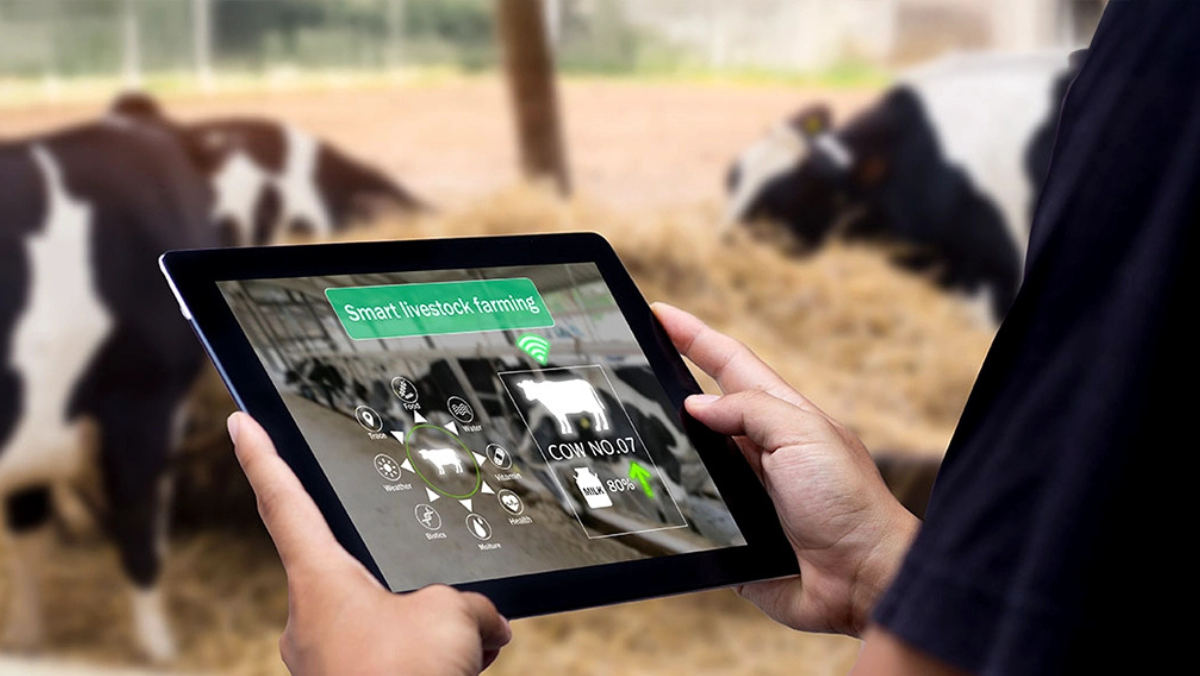INSIGHTS
Smart Collars Give Dairy Farms a Health Edge
Smart sensors bring real-time alerts and biosecurity gains to U.S. dairies under pressure from disease and labour gaps
6 Jan 2025

American dairy farms are turning to data to manage growing risks. This spring, Merck Animal Health expanded its SenseHub system, a digital network of collars and ear tags, to offer round-the-clock monitoring across entire herds, including calves. The goal: to spot illness early, improve biosecurity, and ease the burden of chronic labour shortages.
The technology, embedded in wearables, tracks cows' temperature, feeding habits and movement patterns. That information is then fed into farm management software and turned into alerts sent straight to farmers' phones. It is a practical step forward in a year that saw avian flu spill into dairy cattle, a rare and worrying event.
"Data-driven decisions are essential to both profitability and animal welfare," says Rick DeLuca, Merck's president. He calls the new SenseHub "a must-have" for modern dairies.
Farmers using such tools report fewer sick animals, better feed use and stronger resilience to disease. Research cited by the American Dairy Science Association suggests that illness rates can drop by nearly a third. As regulators tighten scrutiny on farm hygiene and animal health, smart monitoring is becoming a matter of compliance as much as efficiency.
Yet adoption is uneven. Small farms may hesitate to invest in systems that promise long-term savings but require high upfront costs. Some still rely on visual observation and intuition, methods that are both labour-intensive and increasingly unreliable.
Still, the trade-offs are shifting. As wages rise and workers grow scarce, machines that can spot lameness or fever faster than humans are gaining appeal. The SenseHub rollout reflects a broader trend in livestock management, one in which the edge goes not to those with the most hands but to those with the best data.
The transformation is incremental but real. Precision tools may not look revolutionary, but in a sector where margins are thin and disease can spread quickly, they offer something rare: time. And in dairy farming, as in most of agriculture, a few hours can make all the difference.
Latest News
16 Dec 2025
Can Worms Help Clean Up Dairy’s Methane Problem?12 Dec 2025
Fermentation Starts to Redraw the Map for US Dairy10 Dec 2025
AI drives rapid digital shift in global dairy sector24 Nov 2025
Smarter Cows, Sharper Choices
Related News

PARTNERSHIPS
16 Dec 2025
Can Worms Help Clean Up Dairy’s Methane Problem?

INNOVATION
12 Dec 2025
Fermentation Starts to Redraw the Map for US Dairy

TECHNOLOGY
10 Dec 2025
AI drives rapid digital shift in global dairy sector
SUBSCRIBE FOR UPDATES
By submitting, you agree to receive email communications from the event organizers, including upcoming promotions and discounted tickets, news, and access to related events.